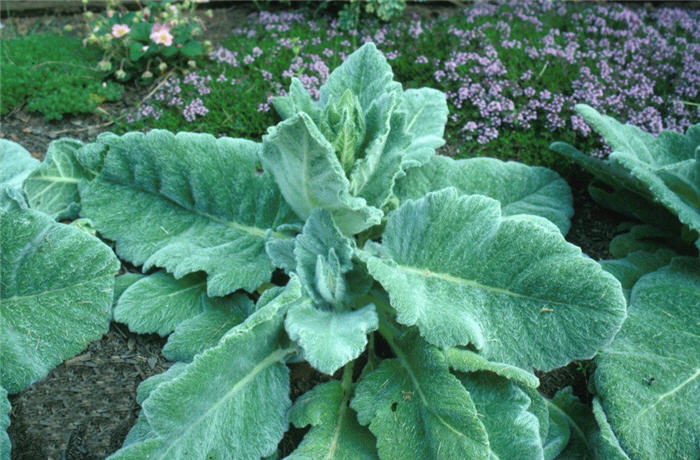| Botanical Name: Salvia argentea | |
| Common Name: Silver Sage |

-
Anatomy
-
Culture
-
Design
Plant Type
Biennial
Height Range
1-3'
Flower Color
White
Flower Season
Summer
Leaf Color
Grey Green, Silver, White
Bark Color
n/a
Fruit Color
n/a
Fruit Season
n/a
Sun
Full
Water
Low
Growth Rate
Moderate
Soil Type
Sandy, Loam, Rocky
Soil Condition
Average, Poor, Well-drained, Dry
Soil pH
Neutral
Adverse Factors
n/a
Design Styles
English Cottage, Meadow, Mediterranean, Ranch
Accenting Features
Unusual Foliage
Seasonal Interest
Spring, Summer, Fall
Location Uses
Perennial Border, Patio, Raised Planter, Walkways
Special Uses
Container, Small Spaces
Attracts Wildlife
n/a
Information by: Stephanie Duer
Photographer: Linda Engstrom
Photographer: Linda Engstrom
-
Description
-
Notes
The saliva is a biennial that forms clumps with large, woolly leaves (though the clump only grows to about 12 inches tall, the leaves may be up to 8 inches long and wide). Leaves emerge silver-white in spring but gradually mature to silver-gray to greenish-gray as the summer progresses. Flowers appear in its second year along erect stems and are whitish tinged with pink, blooming in early summer. Leave the flowers be or deadhead to discourage reseeding, though I'm not certain why you would want to.
Grow in full sun and well drained soil. Prefers sandy, gravelly soils, or amended clay soils. Tolerates dry and moist soils, but will not tolerate wet soils, especially going into the winter months. Technically a biennial, cutting off the flowers as they appear may encourage more perennial tendencies. Leaving the flowers offer other joys, though, as they are enjoyed by beneficial insects and, if well sited, might result in serrendipidous re-seeding.